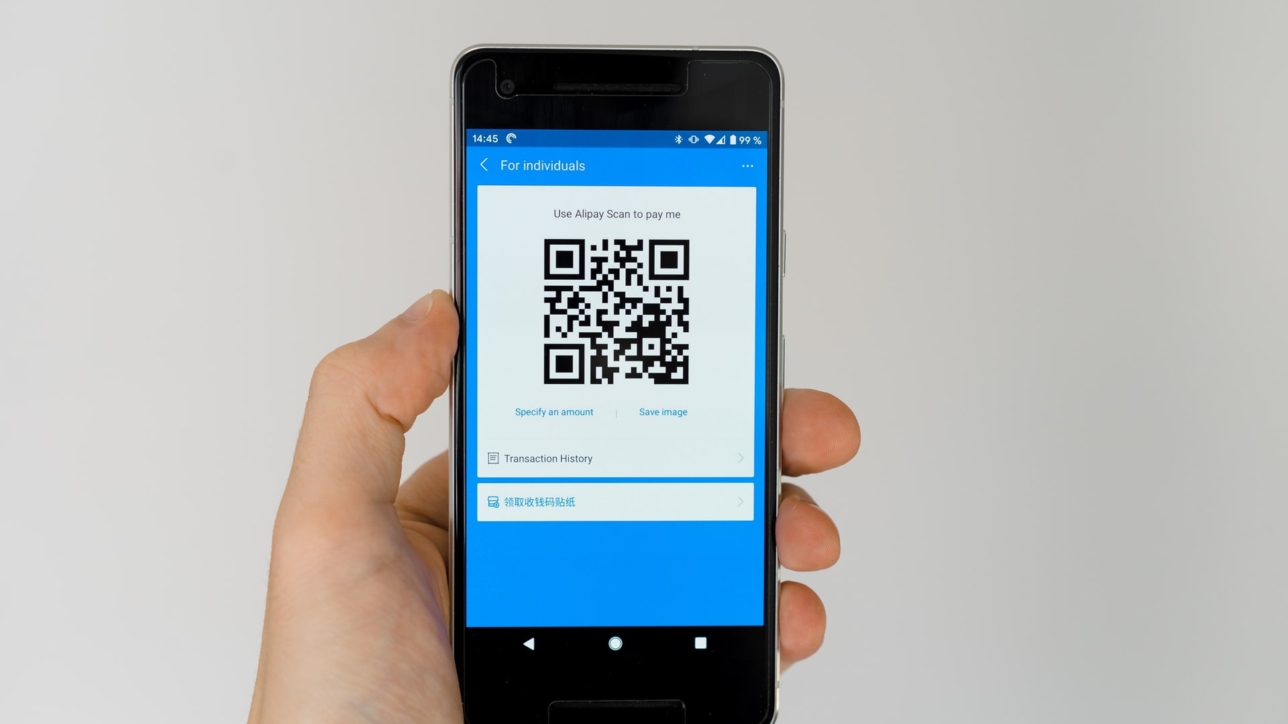By Annabel Maw Since QR codes were created in 1994, they’ve shown up just about everywhere. Marketers used them on drink labels, business cards, and even billboards.
But no matter how trendy they were, many consumers saw QR codes as a gimmick rather than a useful tool. What was in it for them? Why should they visit a company’s website to get information, and why would they want to download a separate app to scan a code just to do so? It was a clunky user experience that didn’t demonstrate a clear benefit to the customer.
That was the case until the pandemic renewed interest in the untapped potential of QR codes. When quarantine made it necessary to socially distance and avoid contact, QR code technology experienced a rebirth — particularly as retail and dining sought touch-free options to stay afloat. QR codes could also be leveraged strategically to provide a clear and immediate benefit to consumers: keeping them from having to touch everything from menus to payment terminals to pens.
A look at QR code benefits in marketing (and QR code risks)
Contactless payment technology was already on the rise before the pandemic because of the expansion of digital technology and the ever-increasing demand for convenience. But the pandemic catalysed this growth as consumers sought new ways to make purchases safely while physically distancing.
As a result, the global contactless payment technology market is now anticipated to reach nearly $4.7 trillion by 2027. QR codes are becoming marketers’ go-to solution for connecting the digital and physical worlds. Now that QR codes can simply be scanned and read with a smartphone’s camera — no separate app or point-of-sale system required — they finally have an opportunity to shine.
Despite the sea change, there are still plenty of risks associated with QR codes. Security is the biggest risk of QR code payment. Companies must ensure their technology is strong enough to safeguard customers’ payment information. Cyberattacks have increased during the pandemic, with hackers taking advantage of the rise in QR code use.
Hackers can embed a URL designed to steal data from customers who don’t exercise proper caution. Since people are usually multitasking or distracted when on their phones, this can be a serious concern. While they might have noticed a questionable URL in the past (typically just a few letters off from the expected URL), being on the go might distract them from spotting every suspicious link.
How to Ride the Wave of QR Code Innovation
Knowing both the benefits and security risks of QR codes, senior marketers and business leaders can follow these three steps to tap into the power of QR codes and contactless payment technology moving forward:
#1: Learn from other retailers using QR codes
Beyond contactless payment technology transactions, many companies use QR codes to offer special sales and contests, behind-the-scenes content, and opportunities to engage on social media. For instance, beauty company Supergoop added QR codes to its new product launch displays in Sephora stores, guiding visitors toward more content and resources regarding the product’s ingredients and formulation. Cosmetics company bareMinerals has leveraged the codes to create user-generated content for an event, and Aveda uses them for blockchain.
Do some preliminary research to see whether you can get inspiration or ideas from companies that have achieved success. For instance, Walmart and Target were among the first brick-and-mortar stores to implement QR codes in cashless payment systems — they took this bold step because they knew the ease and elimination of the need for cash appealed to millennials. Ask yourself how you can create solutions that resonate with your target audience.
#2: Show proof of concept
If your team is sceptical of QR codes, build a simple plan to test them. If the stakes are low, it’s easier to get buy-in from leadership.
For instance, we’ve seen companies use QR codes at their event booths. Let’s say you’re a wedding photographer offering free half-hour engagement sessions for couples who book a full wedding service. By having a QR code at your booth, you can give visitors an easy way to sign up for your offer — which is highly valuable and provides a great user experience — while also capturing their email address and contact information, depending on the fields you use in your form.
#3: If QR codes don’t work, don’t force them
There is a time and a place for QR codes. If you have tested them in several different strategic contexts but not had much success, there’s no reason to force it.
Think of these codes as one more tool in your marketing toolbox. If you’re trying to put a screw in the wall with a hammer, you’re never going to get it right! You may need to try a different tactic if you ultimately find QR codes aren’t benefitting your business or furthering your goals.
There are both QR code risks and QR code benefits in marketing. In most cases, the benefits outweigh the risks if you’re providing customers with a safer, more convenient way to purchase your product or service. That’s why there are so many retailers that use QR codes and so many that are ready to explore QR code innovation. If you’re ready, now is a great time to explore how QR codes could strengthen your business.
Photo by Markus Winkler on Unsplash

